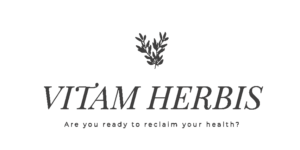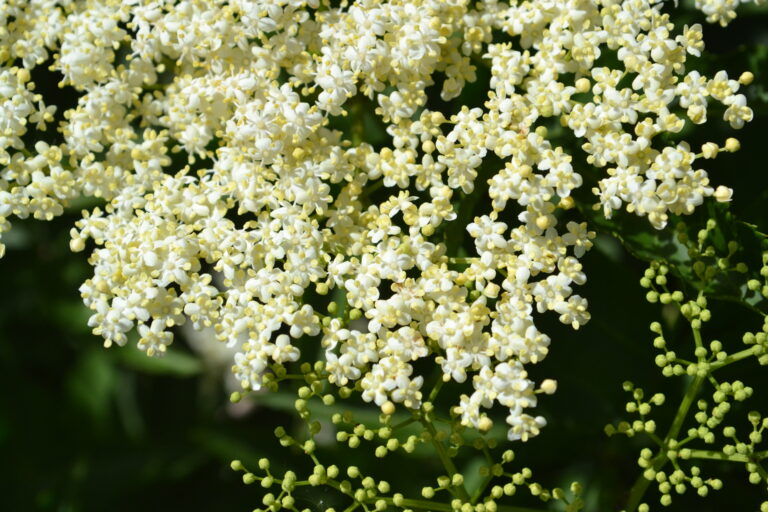
Getting to know the tools I work with

Herbal Medicine
Dates all the way back to ancient cultures. Herbs, alongside diet and hygiene were the basis of ancient Greek medicine.
This tradition involves the medicinal use of herbs and plants to promote health and relieve illness. Herbalism has a long-standing tradition of being used separately or in combination with conventional medicine. Western Herbal Medicine practitioners (including United Kingdom) mainly uses herbs that are native to Europe. Moreover, it also steps into the North American, Indian (Ayurvedic) and Chinese (Traditional Chinese Medicine) herbal traditions.
Herbal Medicine aims to return the body to a state of natural balance by activating its defense mechanisms in order to enable it to heal itself. Herbs are composed of complex constituents that work together, balancing and complementing one another. Every herb used has known actions and qualities with affinities to one or more body systems.
As herbalists, we use a whole plant material (roots, leaves, berries, flowers, bark) rather than isolated constituents. This can be combined in the form of tinctures, infusions, powders and other. We blend multiple herbs to create custom-made prescriptions for each patient. One of our main aims is to consider and evaluate whole body systems rather than isolated organs.
We recognise that a person‘s health is greatly affected by several factors, including:
- Lifestyle
- habitual thought patterns
- and external influences.
Herbs have been used for thousands of years throughout the history of mankind. And today, this knowledge is combined with the latest scientific research making Herbal Medicine a safe and effective therapy either to compliment a current treatment or as a natural alternative.
Herbal Medicine can help with:
- Poor digestion
- Hormonal imbalances
- Pre-conception
- Gynecological issues
- Recovery after surgery
- Skin conditions
- Stress
- Low immunity
- Autoimmune conditions
- Blood sugar imbalances
- High blood pressure
- And many more.
“Nature is the Physician of Man”
Hippocrates

Naturopathy
Also known as Nature Cure, is a Philosophy which seeks to reunite Man/Woman with Nature’s Laws.
Naturopathic medicine is a system that uses natural remedies to promote body’s own self-healing mechanisms. The main aim is to build, restore and maintain health.
Naturopathic practitioners embrace the benefits of a healthy lifestyle as a tool to prevent the development of chronic diseases and promote a holistic approach to achieve optimal healing.
The Principles of Naturopathy were initially applied by Hippocrates. (around 400 BC)
These are:
- Primum Non Nocere – first Do No Harm
- Vis Medicatrix Naturae – The Healing Power of Nature
- Tolle Causam – Treat the Cause of the Disease rather the suppress a symptom
- Docere – the Naturopath teaches you to take responsibility for your own health
- Tolle Totum – Treat the Whole Person (body, mind, spirit – as a unity)
- Preventare – Prevention is better than the Cure.
Naturopaths have a keen believe that the body is able to heal itself given the right tools and exposing it to suitable conditions. It all relates to ‘terrain theory’, that was created by a French scientist Antoine Bechamp. (1850’s)
Naturopathy embraces many cultures, therapies and approaches, including:
- Ayurveda (air and water therapies)
- Chinese Medicine
- Herbal Medicine
- Homeopathy
- Nutrition
- Iridology
- Hydrotherapy
- Bach Flower Remedies
- Hygiene (Natural Therapeutics)
- Manual therapies (acupressure, bodywork)
Iridology
This is a diagnostic tool based on examination and interpretation of the colors and patterns of the iris. (dates back to mid-19th century Europe)
Ignatzvon Peczely (1826-1911) has been proclaimed a ‘father of Iridology’. Historically Iridology was used by Naturopaths and Homeopaths, however standard medicine also employed it until the mid-20th century. It is considered an inherent part of ancient traditional systems (TCM, Ayurveda, Hippocratic, Galenic) that to this day forms the basis of holistic practice.
Recent research from South Korea suggests that Iridology can improve diagnostic accuracy up to 80 %.
The colored part of the eye is made up of connective tissue fibers containing nerve endings that link directly to the brain. There are no identical irides, it is unique to each individual.
Patterns, colors and many other detailed characteristics of the iris provides ‘a map’ to an iridologist using which he/she can create an in-depth picture of person’s health status.
We (iridologists) analyze and interpret the signs that indicate:
- your constitution (who you are as a person)
- behavioral traits
- likelihood of toxic accumulation in the body
- genetic susceptibility and risk factors to particular conditions
- and much more.
Furthermore, the iris would also tell us if the body is in a state of inflammation, under stress and what kind of health tendencies a person has.